What Do Medieval Heroes and Contemporary Artists Have In Common? Art Theorist Boris Groys On Why Legends Still Matter
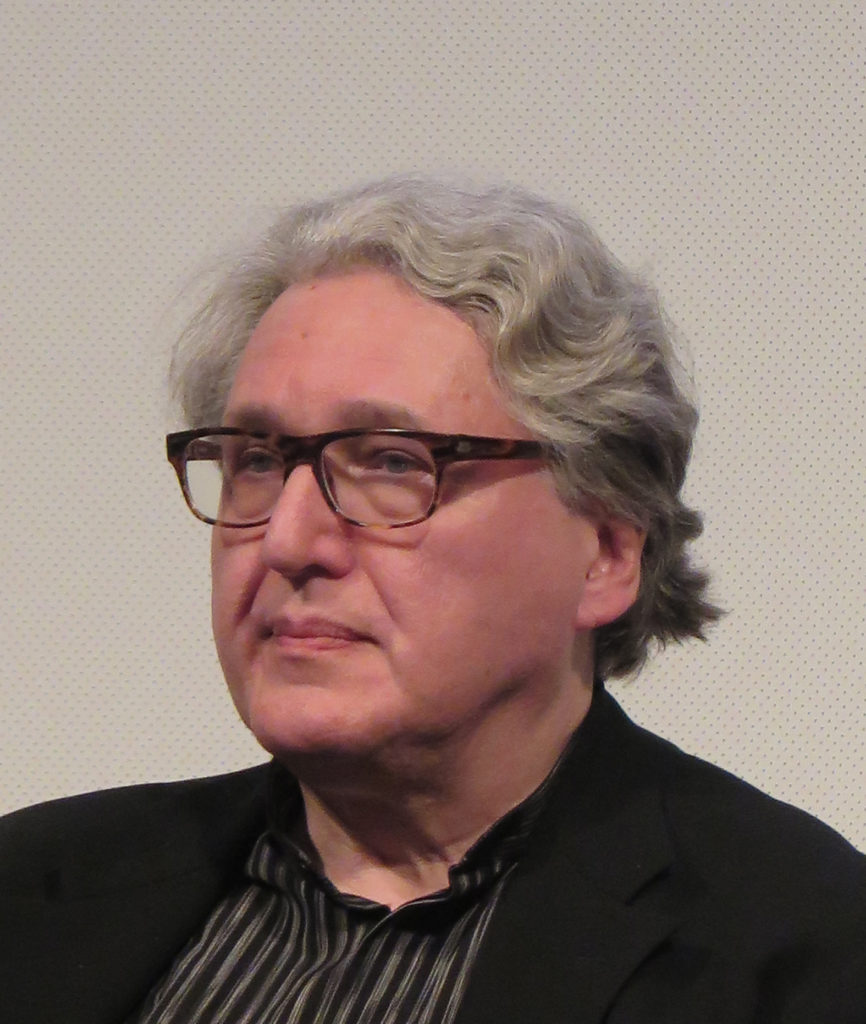

Artnet Gallery Network

Boris Groys is a world-renowned art theorist and critic. Born in Germany, he studied at Leningrad State University before making his name in aesthetics, philosophy, politics, and history. He is a professor of philosophy at The European Graduate School and Professor of Russian and Slavic Studies at New York University. Recently Ulvi Kasimov, the founder of .ART, the art world’s digital domain, sat down with Groys to discuss how he explores art in the age of the internet. Read their conversation below.
Your book In The Flow (2016) explores the idea that works of art are really “auras” of information that document experiences. Could you elaborate?
I came to this idea after reading the memoirs of German Romantic artists, many of whom spent time in Switzerland at the beginning of the 19th century. When they sent paintings back to Germany the artists said, only a documentation of my experience of the sublime: mountains, sunsets, and sunrises. The actual artwork is the experience of nature – what happened, not the paintings. These works are only documentation and weak documentation at that.”
However, the history of art and culture has shown that only documentation is relevant and the experience itself is not relevant. In our day we still admire the paintings by these artists, even if we have no access to their memories. The same can be said about modern and contemporary art that constantly produces art events such as performances, happenings, artistic interventions, or temporary installations. These events become documented – and only documentation remains.
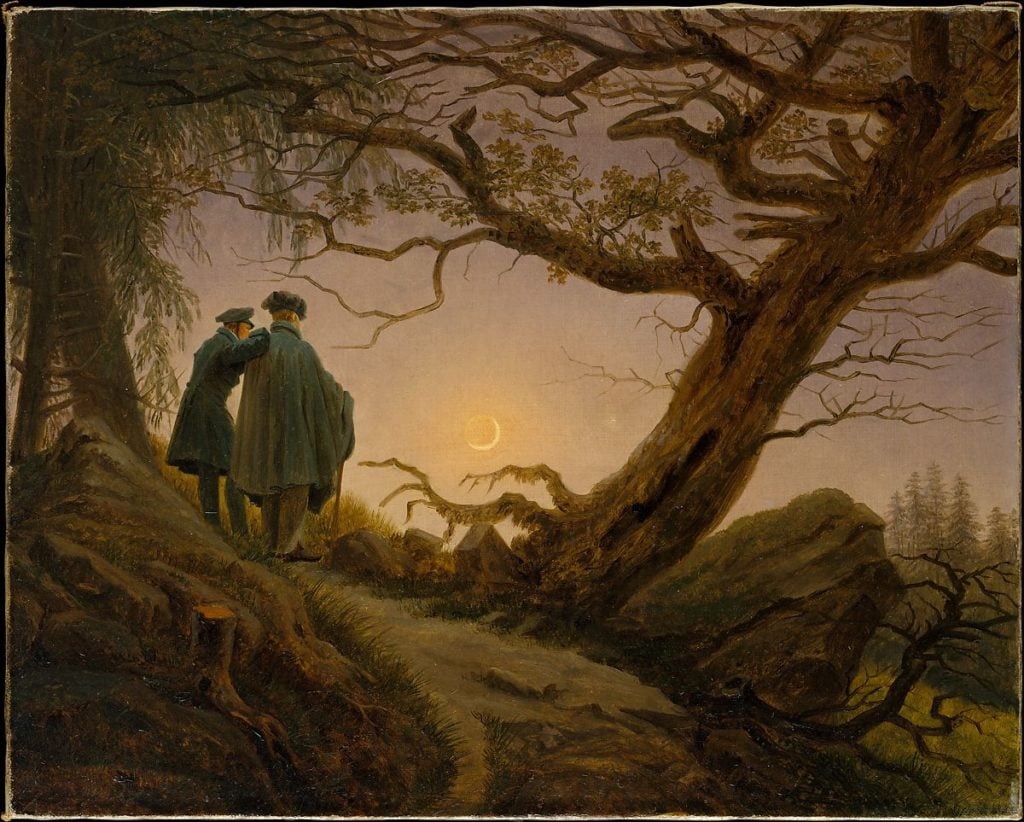
Caspar David Friedrich, Two Men Contemplating the Moon (ca. 1825–30). Courtesy of the Metropolitan Museum of Art.
But in your example, it was impossible to bottle the original experience so the paintings became the work. The paintings are still valid as authentic works, are they not?
Sometimes we believe that when we look at a painting or a sculpture the work looks the way it did when it was created by the artist. Of course that’s not true – it has most likely gone through long periods of restoration. But there’s also another illusion, what I call a “fiction of stabilities through time.” This is the illusion that art is a time machine that spiritually transports us back to the historical past. We live in a culture where it’s obvious that everything is documentation. Documentation produces nostalgia for another era but leaves it unfulfilled.
What do you mean by the “production of nostalgia”?
It’s the production of a feeling; “How sad I wasn’t there.” When I look at the documentation of some kind of intervention by an artist, I would say, “Oh, how sad that I wasn’t there at that time. That was such a wonderful time. There were so many wonderful artists.”
How does this apply to the art world in general?
Contemporary art is a culture of loss. This feeling of “contemporaneity” is linked to the feeling of irretrievable loss of the past; the impossibility of coming back by personal memory. So we less and less experience the “past as the present” and more and more experience our culture as a kind of barrier between us and the past; something that opens the way to the past and at the same time makes access to the past impossible. Today the public experiences a strange combination of fascination and frustration. People are fascinated about how it was, but frustrated that they can’t reach it!
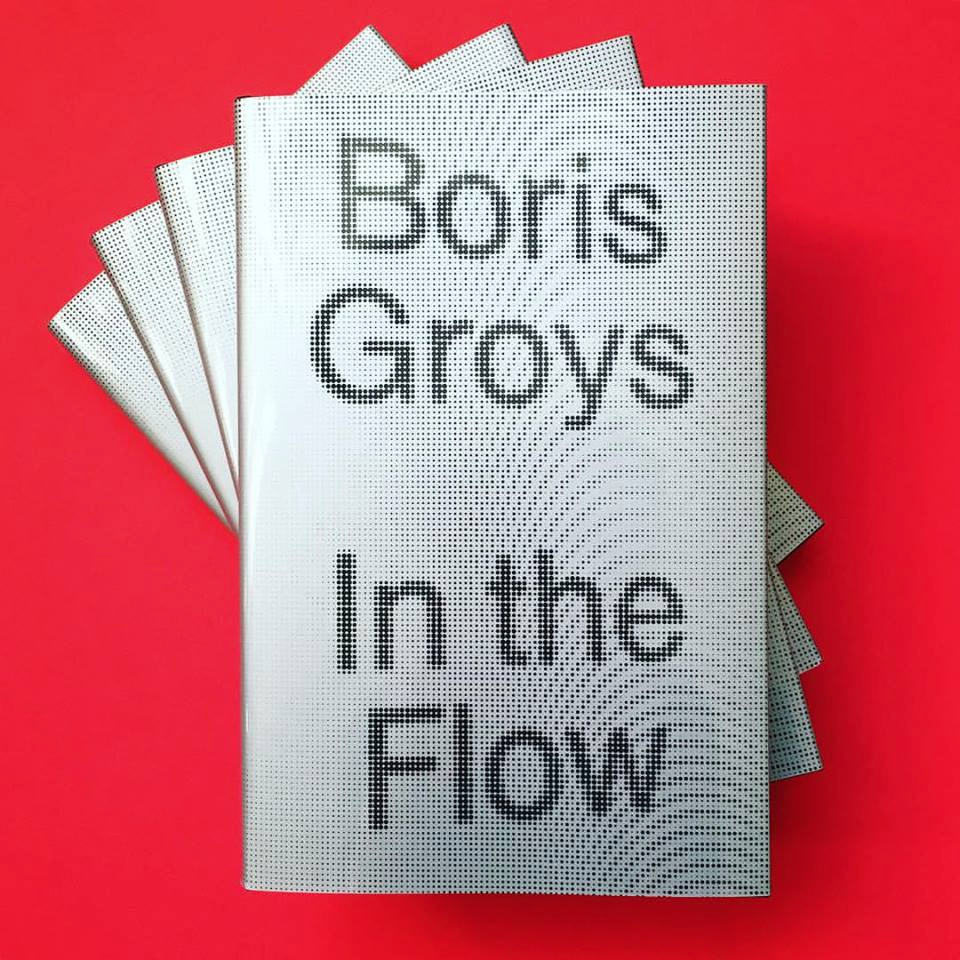
Boris Groy’s In The Flow (2016). Courtesy of Verso Books.
What impact has the internet had on the traditional dichotomy between an “original” work of art and a copy?
The whole discussion around “originals” and “copies” is a pre-internet debate. The internet has created a break by introducing the concept of an address. Every so-called “copy” on the internet now has an address. And having an address means it’s an original and not a copy. The philosopher Walter Benjamin says a copy doesn’t have a specific time and space; it’s not inscribed into the historical process. But an original is inscribed into the historical process and has a definite time and space.
Tell us how you started in art criticism
I started to write about art in the Soviet Union in the 1970s, writing about artists such as Ilya Kabakov – who was not well known in the West nor officially exhibited in the Soviet Union. And I have been writing about art, art theory, philosophy, and aesthetics ever since. I was attracted to a different kind of lifestyle that these artists practiced amidst a pretty homogeneous Soviet life of that time. I was fascinated by the ability of art to invent a different kind of life.
Why become a commentator rather than an artist?
I’m a lazy person! I prefer to look at things rather than do things. I was always fascinated by the energetic and dynamic people who were actively involved in creating new life forms and art forms, but I was not energetic enough to do the same. Also, at the time, there were a lot of artists participating in unofficial art but almost no art critics or commentators analyzing and discussing this art. So I had a feeling that if I didn’t do that, nobody else would.
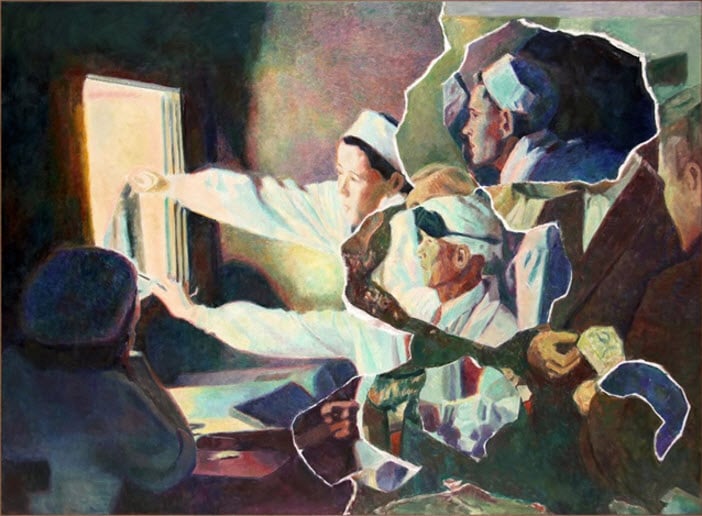
Ilya & Emilia Kabakov, The Appearance Of Collage # 12 (2012). Courtesy of Kewenig Galerie.
What did you set out to say in your book In The Flow?
Let’s look at two figures of Greek philosophy: Plato and Diogenes. Plato wrote a great number of texts that could be read and commented upon. Diogenes created performances – today we would say he was an artist, although at that time he was regarded as a philosopher. So we have two possibilities for culture: one is to produce texts and the other is to produce events. Now, I believe if you have a culture that is relatively weak in terms of its capability to describe itself, you write texts and produce things. But if you have a culture that is very much “saturated” and very much able to describe itself, it’s better to produce events.
How does this relate to the art world?
This fact was understood by the Futurists and even better by Dada at the beginning of the 20th century. There was a huge shift from that point: moving from art as the “production of things” to art as the “production of events”; moving from the museum and the collection as a space where art is presented, towards a kind of “arrangement” of hearsay and legends.
What do you mean by “hearsay and legends”?
We react to art today mostly through unreliable stories told about artists and what they are doing. This is the case for Fluxus and many aspects of Pop Art. For example, the many stories about Andy Warhol’s Factory are more interesting, instructive, and influential than Andy Warhol’s actual works. The artistic actions take on the character of “legends” and “stories”, like the deeds of antique or medieval heroes.
Are these stories fixed or fluid?
If I want to create something trans-cultural and trans-historical; if I want to resist time, then I create a thing: an object, a sculpture, or a painting that is supposed to remain stable and unchanged through the flow of time. But it seems to me that people in our time are less and less reliant on the cultural capability to keep such stability in text and images. And, yes, legends and stories are always re-told in a slightly different way. Over time the differences accumulate, so in the end we get a huge arrangement of stories that are similar in some aspects and different in other aspects.
So what is going on?
I would say that the belief in the stability of texts and images in museums and libraries is a kind of secularised version of the belief in the stability of divine memory. It’s an attempt to substitute the immortal soul with immortal objects and immortal texts. It seems to be me that today we have lost these religious hopes and instead we are more reliant on documentation of the historical process. The historical process is about telling stories. Telling history is one of the forms of telling stories.
How are artists adapting to this almost religious interest in documentation?
The artist more and more understands himself as a figure in the public space. It’s not so much about what he’s producing – objects and so on – as his total behavior in the public space: his political and social positioning; his commitments to this and that; his political attitudes; his general self-styling. The artist today is “self-designing”. The work is only part of it. Maybe an even more important part of it is his publicly recorded behavior. And almost everything that the artist does today is publicly recorded.
How do you respond to those who say we should discard the “noise” around works of art – criticism and explanation – and focus on the work itself?
I have always felt that my writing, and the writing of my colleagues, has been put under general suspicion. Indeed, many people believe that the true experience of art is the immediate experience of the artwork itself. Many people have told me, “Let us discard everything that is written about art. Let us discard all the theories. Let us look at the things as they are.” But if we discard all this interpretation and stories, what remains is nothing, zero. There will be nothing to see.
Would you say there is no such thing as a “pure” appreciation of art?
The authenticity of the experience of the artwork is an illusion that is created precisely by speaking and writing about art. Because you are doing all of that, the illusion emerges: namely that when we discard all this, we will see the truth. We will experience authentically the thing “as such.” But the thing “as such” doesn’t exist. We will have a great emptiness. It probably answers the question, why am I not an artist!
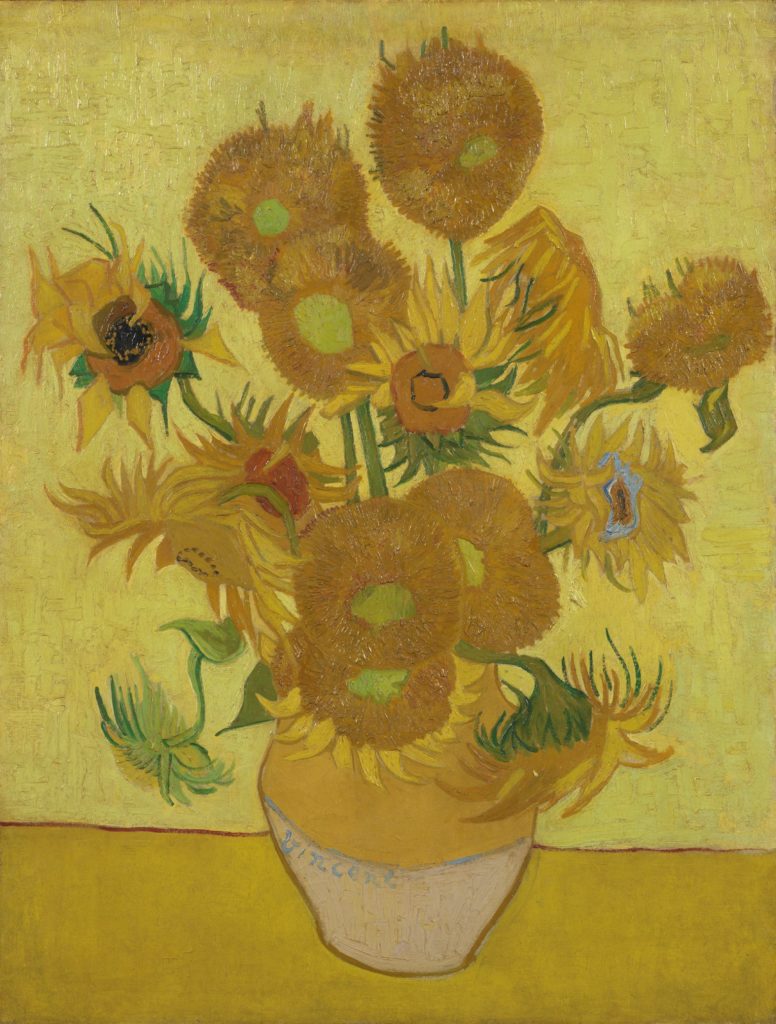
Vincent van Gogh, Sunflowers (1889). Courtesy Van Gogh Museum, Amsterdam (Vincent van Gogh Foundation).
Can a work of art have inherent integrity? For example, what if I scanned in and 3D-printed Van Gogh’s Sunflowers and created a “copy” that was so perfect that not even the world’s best art critics could detect the difference. Many would still say the original is the only object of true value because it was created by the brushstrokes of Van Gogh rather than a machine. What do you think?
I don’t know if a brushstroke is relevant here. What is relevant is the one fact that Van Gogh cut his ear off. And the computer cannot cut off its ear. That’s the difference. So we have some kind of original legend; a sacrificial act; an original tragedy. We see paintings that emerge out of this tragic fate that testify to this tragic self-sacrifice. In Van Gogh’s case the self-sacrifice manifested itself in his suicide. This type of sacrifice produces the value of work. Everything else is not so relevant.
Does sacrifice confer value to an artwork then?
Yes. Whatever the technical perfection a copy may reach, it only draws its meaning and value through this original sacrifice. Otherwise, it would only demonstrate the perfection of the technology itself. The great achievements of contemporary technology do not create any artistic value. What creates artistic value is a drama; a sacrifice. It’s what the French intellectual Georges Bataille called the “symbolic economy of sacrifice”. Only if one sacrifices oneself to something, this something will be experienced by others as valuable. It’s a kind of blackmail that always works. The whole history of art is based on this kind of blackmail.
Is your core message that art is myth?
Of course, art is myth. Everything is myth. The monetary economy is also a myth. Google is myth. Culture is myth in general. We are fascinated by Google or Apple also because of this history of sacrifice – of people who dedicated themselves to something that other people didn’t believe in. It’s implanted in our imagination. It’s only the effect of the imagination. But of course, the effect of the imagination is not less real than reality.
This interview is excerpted from Kasimov’s book The Art of the Possible, a series of interviews that explore the ways Internet technology can remake the art world. Additional interviews from the book will be published here in the coming months.